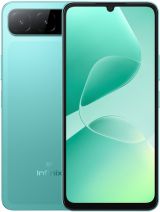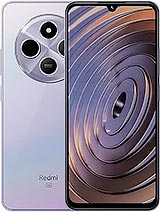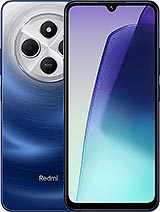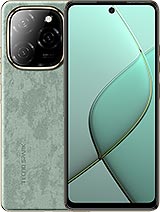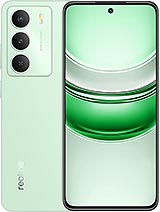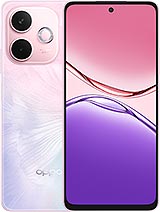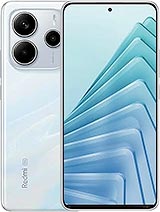Lava Shark 5G alternatives
Tap above to see alternatives.
Samsung Galaxy F16 alternatives
Tap above to see alternatives.
Lava Shark 5G

Lava Shark 5G
-
Unisoc T765
6 nm
-
5000 mAh
18W
-
6.75"
720 x 1612 pixels
-
13 MP
1080p@30fps
-
Specs

Samsung Galaxy F16
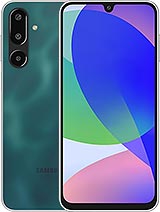
Samsung Galaxy F16
-
Dimensity 6300
6 nm
-
5000 mAh
25W
-
6.7"
1080 x 2340 pixels
-
50 MP
1080p@30fps
- Specs
2.3 GHz, Dual core, Cortex A76
2.1 GHz, Hexa Core, Cortex A55
2x2.4 GHz Cortex-A76
6x2.0 GHz Cortex-A55
6GB 128GB
8GB 128GB
(wide), AF
f/1.8, (wide), 1/2.76", 0.64µm, AF
5 MP
f/2.2, (ultrawide), 1/5.0", 1.12µm
2 MP
f/2.4, (macro)
f/2.0, (wide), 1/3.1", 1.12µm
SIM1: Nano, SIM2: Nano
SIM1: Nano, SIM2: Nano (Hybrid)
7 5G bands
n1, n5, n8, n28, n40, n77, n78
11 5G bands
n1, n3, n5, n7, n8, n28, n40, n41, n66, n77, n78
In this performance comparison, the Samsung Galaxy F16 with its Mediatek Dimensity 6300 (6nm) performs better than the Lava Shark 5G with the Unisoc Unisoc T765 (6nm), thanks to superior chipset efficiency.
Samsung Galaxy F16 offers 6 years of OS updates, while Lava Shark 5G does not have confirmed OS update information. Samsung Galaxy F16 receives 6 years of security updates, while Lava Shark 5G does not have confirmed security update information.
Samsung Galaxy F16 features a superior AMOLED display, while Lava Shark 5G comes with an LCD panel. Both smartphones offer the same 90 Hz refresh rate. Both devices deliver the same brightness level at nits. Notably, Samsung Galaxy F16 offers a higher screen resolution, resulting in sharper visuals and more detailed content.
Both phones are equipped with the same 5000 mAh battery capacity. Samsung Galaxy F16 also supports faster wired charging at 25W, compared to 18W on Lava Shark 5G.
Both phones feature the same IP54 rating for water and dust resistance.
- Lava Shark 5G – Check price here
¹ Scores can vary even with the same chipset due to RAM, thermals, and software optimization.



